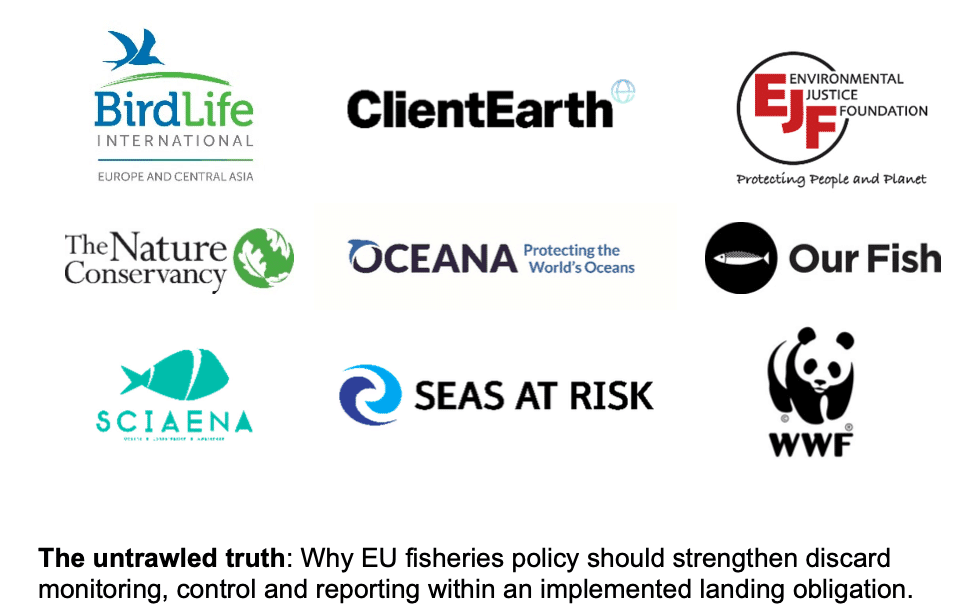Discarding unwanted catches of regulated species has been illegal throughout EU fisheries since 2019. However, appropriate fisheries control measures are still missing. New research now reveals which parts of the EU fishing fleet have the biggest problem with recorded discards.
The analysis exposes the scale of problems associated with implementing the landing obligation in different EU fishing fleet segments based on the official discard reporting. The findings aim to inform the current revision of the EU fisheries Control Regulation, particularly the debate on the scope and future implementation of the requirement to install remote electronic monitoring (REM), with the purpose of enabling reliable and effective monitoring, control and enforcement of the landing obligation.
This analysis shows that vessel length is not the appropriate basis to decide which vessels need to be monitored and controlled through the use of REM to safeguard the effective implementation of the landing obligation. Instead, the most common factor for large amounts of discards is the type of fishing gear in use.
While the Council of the EU, representing EU Member States, is contemplating REM only on certain vessels over 24 metres in length, and the European Parliament (EP) only on vessels over 12 metres in length, the European Commission has proposed an REM requirement without a vessel length criterion. The analysis compares the potential outcomes of the two proposals which would see REM required only on vessels above 12 or 24 metres. Publicly available data published by the Scientific, Technical and Economic Committee for Fisheries (STECF) was used to calculate the total amount of reported discards for different vessel length classes, as well as types of fishing gear in 2019.

